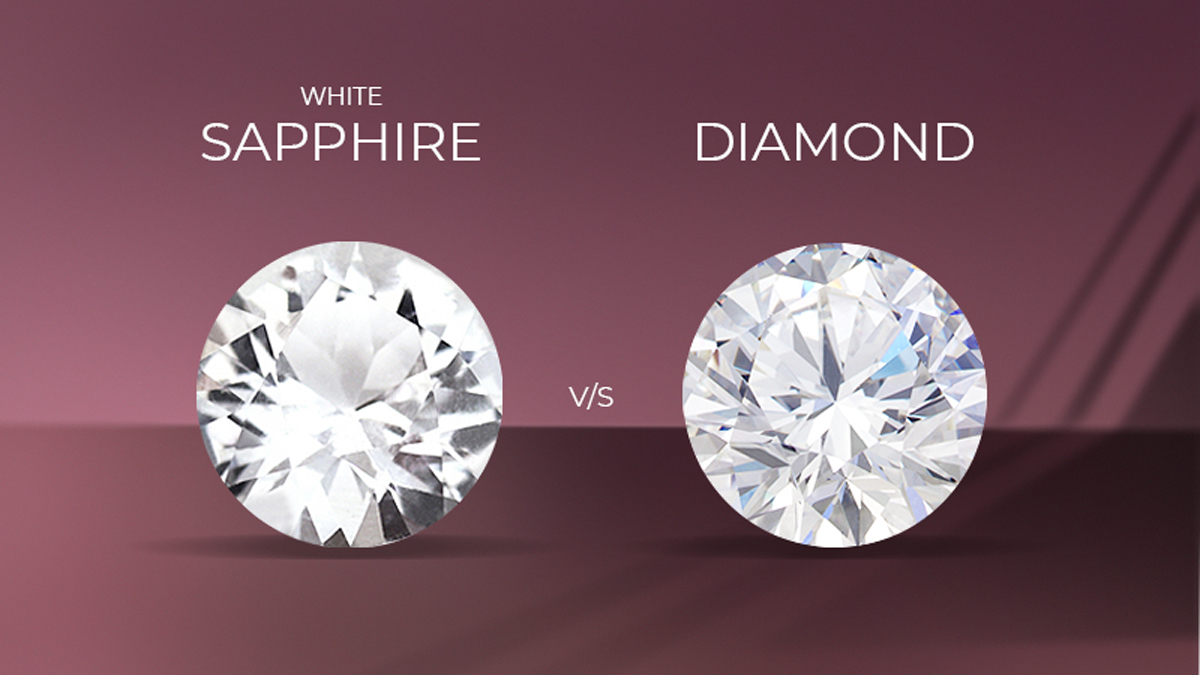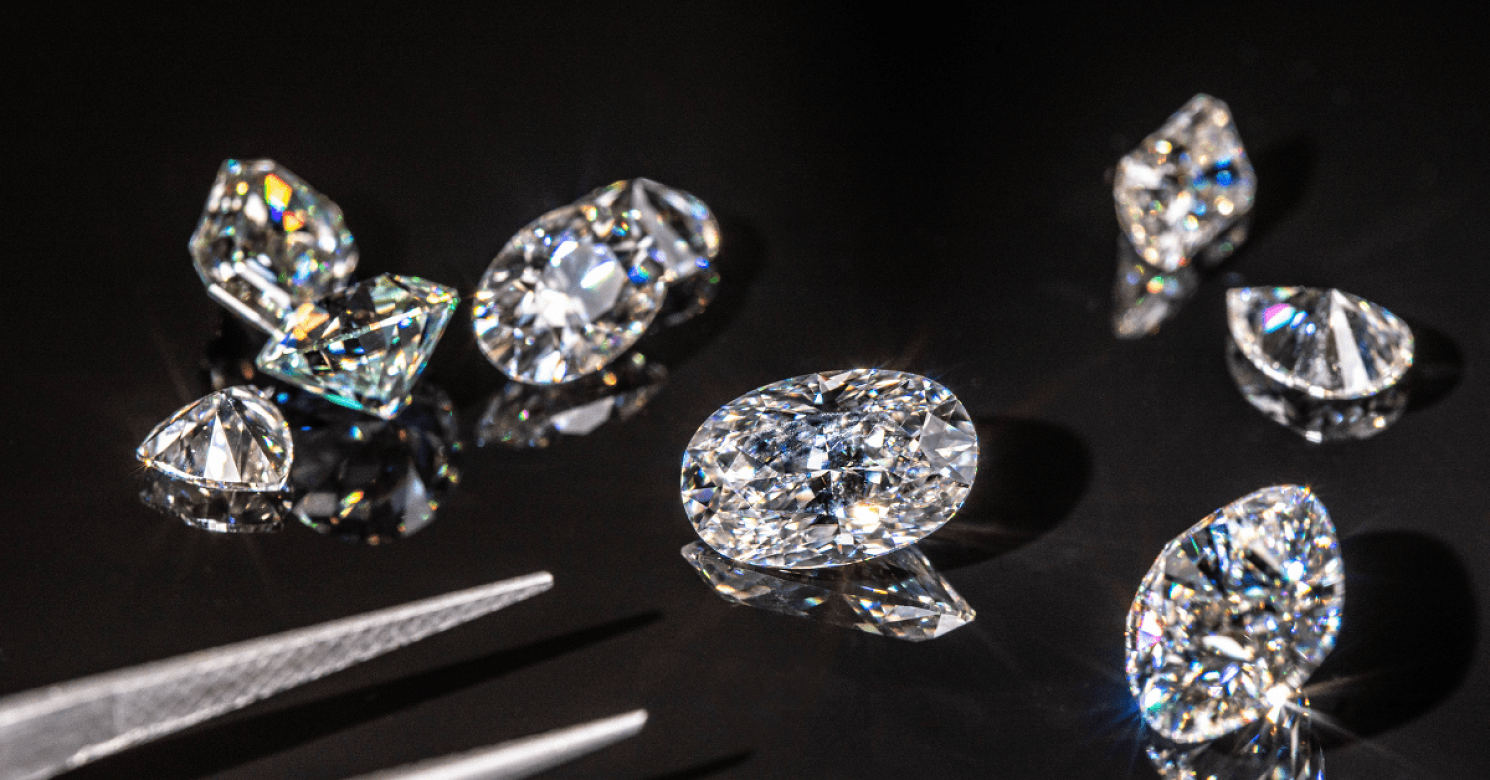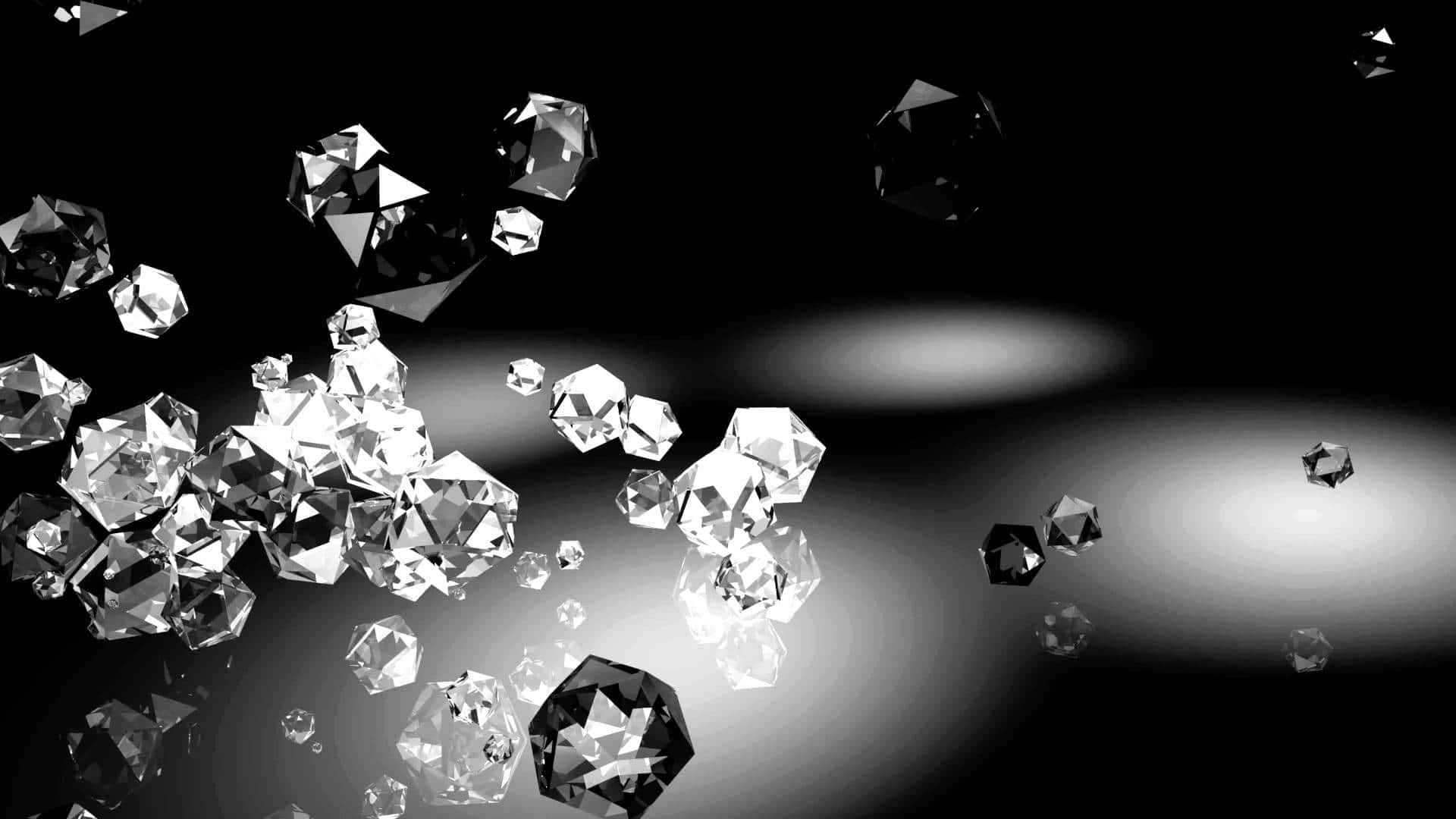Diamonds Are the Future: A Sustainable and Ethical Choice

Lab grown diamonds are quickly becoming the future of the jewelry industry, offering a sustainable, ethical, and affordable alternative to mined diamonds. These diamonds are chemically identical to natural diamonds, but they are produced in a controlled environment using advanced technology. As more consumers look for environmentally friendly and ethically sourced options, lab grown diamonds are emerging as the ideal solution. In this article, we will explore why lab grown diamonds are the future, how they are made, and why they are gaining popularity worldwide.
What Are Lab Grown Diamonds?
Lab grown diamonds are diamonds that are created in a laboratory using two main methods: High Pressure High Temperature (HPHT) and Chemical Vapor Deposition (CVD). These methods replicate the natural process of diamond formation but in a much shorter time frame. Unlike traditional mined diamonds, lab grown diamonds do not require the extraction of resources from the Earth. As a result, lab grown diamonds are a sustainable and ethical choice for consumers who are concerned about the environmental and human rights impacts of mining.
The process of creating lab grown diamonds ensures that they are virtually indistinguishable from mined diamonds in terms of appearance, hardness, and chemical composition. The only difference is their origin. Lab grown diamonds have the same brilliance, sparkle, and durability as natural diamonds, making them a compelling option for engagement rings, necklaces, and other fine jewelry.
The Environmental Benefits of Lab Grown Diamonds
One of the primary reasons why lab grown diamonds are the future is their positive environmental impact. Diamond mining is a resource-intensive process that often results in significant environmental damage. The extraction of diamonds from the Earth can lead to habitat destruction, soil erosion, and water pollution. In contrast, lab grown diamonds are produced in a controlled lab environment, using far fewer natural resources and causing minimal environmental disruption.
By choosing lab grown diamonds, consumers can contribute to the reduction of environmental harm associated with traditional mining. As people become more aware of the environmental consequences of their purchasing decisions, lab grown diamonds provide a sustainable option that does not compromise on quality or beauty. As demand for ethical and eco-friendly products grows, lab grown diamonds are positioned to be a major part of the future jewelry market.
The Ethical Appeal of Lab Grown Diamonds
Another significant reason lab grown diamonds are the future of the industry is their ethical appeal. Mined diamonds have long been associated with issues such as human rights abuses, child labor, and exploitative working conditions in certain parts of the world. Additionally, the “blood diamond” trade, which fuels conflict and violence in war-torn regions, has raised ethical concerns among consumers.
Lab grown diamonds eliminate these ethical issues because they are created in a controlled environment without involving any exploitative practices. As the demand for ethically sourced products continues to rise, lab grown diamonds provide an attractive alternative for consumers who want to make a positive impact with their purchases. By supporting the lab grown diamond industry, consumers can ensure that they are buying diamonds that are free from conflict and exploitation.
The Affordability of Lab Grown Diamonds
Lab grown diamonds are also the future due to their affordability. While mined diamonds can be expensive due to the labor-intensive and costly extraction process, lab grown diamonds are produced in a lab setting, which significantly reduces their cost. This makes lab grown diamonds an excellent option for consumers who want the beauty and quality of a diamond without the high price tag.
With lab grown diamonds, consumers can often get a larger or higher-quality stone at a fraction of the price of a mined diamond. Whether you are looking for an engagement ring with a larger center stone or simply want to invest in a stunning piece of jewelry, lab grown diamonds provide an affordable way to achieve your desired look. As the technology behind lab diamonds continues to improve, the price of these diamonds will likely continue to decrease, making them even more accessible to a wider audience.
How Lab Grown Diamonds Are Made
The process of creating lab grown diamonds is a marvel of modern technology. There are two main methods used to produce these diamonds: High Pressure High Temperature (HPHT) and Chemical Vapor Deposition (CVD). In the HPHT method, a small diamond seed is exposed to extreme heat and pressure, replicating the conditions found deep within the Earth’s crust. This causes the carbon atoms to bond together and form a diamond crystal. The CVD method, on the other hand, involves introducing carbon-rich gases into a vacuum chamber, where the gases break down and deposit carbon atoms onto a diamond seed, slowly growing into a diamond.
Both methods result in diamonds that are chemically identical to mined diamonds. The only difference between the two types of diamonds is their origin—one is grown in a lab, and the other is formed naturally over millions of years. As technology continues to advance, the process of creating lab grown diamonds is becoming more efficient, allowing for the production of even higher-quality stones at a faster rate.
The Future of Lab Grown Diamonds in the Jewelry Market
Lab grown diamonds are already making waves in the jewelry industry, and their popularity is expected to continue growing in the coming years. As consumers increasingly seek out products that are both sustainable and ethically sourced, lab grown diamonds provide a solution that meets these demands. Additionally, as the technology behind lab grown diamonds continues to improve, the production of these diamonds will become even more efficient, reducing costs and making them even more accessible to a wider range of consumers.
The future of the jewelry market will likely see an increasing shift toward lab grown diamonds as more consumers choose these stones over traditional mined diamonds. This shift is not only driven by the desire for more affordable and sustainable products, but also by a growing awareness of the environmental and ethical issues associated with diamond mining. As lab grown diamonds become more mainstream, they will likely become the standard for engagement rings, wedding bands, and other fine jewelry.
Find the diamond that defines your story. Elegant, timeless, and simply stunning. Explore now at novitadiamonds.com!
The Growing Acceptance of Lab Grown Diamonds
Lab grown diamonds are becoming increasingly accepted by consumers and jewelers alike. In the past, there may have been skepticism about the quality and value of lab grown diamonds, but today, these diamonds are widely recognized for their exceptional beauty and durability. Many high-end jewelers now offer lab grown diamond collections, and these stones are often certified by reputable gemological institutions such as the Gemological Institute of America (GIA).
The growing acceptance of lab grown diamonds is further fueled by their ability to meet the demands of modern consumers. Lab grown diamonds offer all the brilliance and fire of mined diamonds, but with the added benefits of ethical sourcing, environmental sustainability, and affordability. As awareness of these advantages continues to spread, lab grown diamonds will only become more popular, solidifying their position as the future of the diamond industry.
Conclusion: Why Lab Grown Diamonds Are the Future
In conclusion, lab grown diamonds are the future of the jewelry industry due to their sustainability, ethical sourcing, affordability, and exceptional quality. As consumers continue to prioritize ethical and environmentally friendly options, lab grown diamonds provide a compelling alternative to traditional mined diamonds. With advancements in technology making the production process more efficient and cost-effective, lab grown diamonds are poised to become the standard in the jewelry market.






